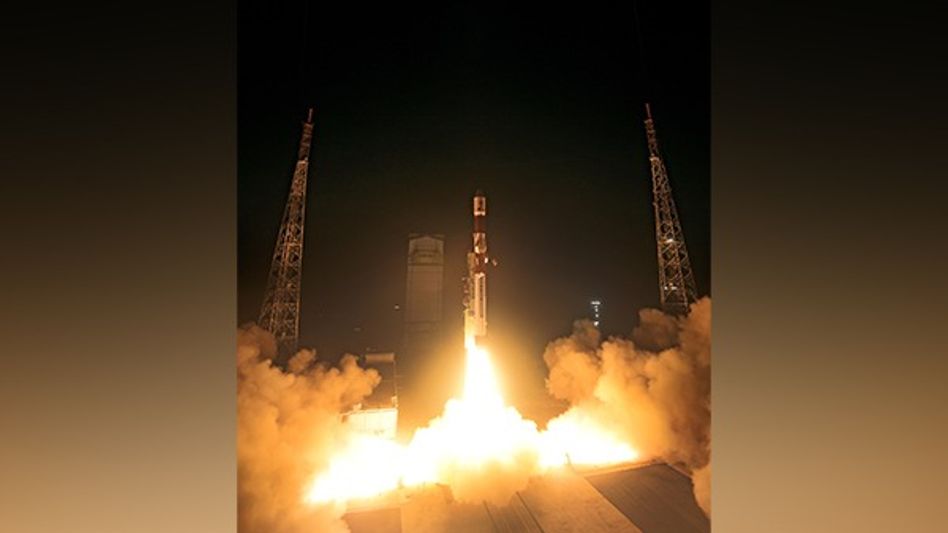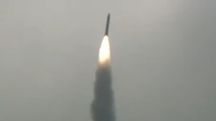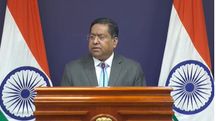ISRO completes second satellite docking, eyes future space missions
ISRO completes its second satellite docking, marking a major milestone in India's space exploration.
 ISRO completes second satellite docking, eyes future space missions
ISRO completes second satellite docking, eyes future space missionsThe Indian Space Research Organisation (ISRO) has completed the second successful docking of its experimental SPADEX satellites, marking a critical milestone in India's efforts to master in-orbit docking technology, a capability essential for future space station operations and interplanetary missions.
Union Minister Jitendra Singh confirmed the successful manoeuvre on Monday, describing the development as a key advancement in India's space program. The event involved the re-docking of the SDX-01 (Chaser) and SDX-02 (Target) satellites, which were launched on December 30, 2024, aboard the PSLV-C60 from the Satish Dhawan Space Centre in Sriharikota.
The first docking between the satellites took place on January 16, 2025, and they were subsequently undocked on March 13. Monday’s event marks the second time ISRO has successfully rejoined the two satellites in orbit, demonstrating precise spacecraft rendezvous and automated docking capabilities.
This puts India among a small group of nations—namely the United States, Russia, and China—that possess independent in-space docking technology. The achievement is seen as a foundational step for upcoming missions such as satellite servicing, crewed lunar operations, and the development of the Bharatiya Antariksh Station (BAS), India’s planned space station.
ISRO officials said further experiments are planned in the coming two weeks to continue testing and refining this complex technology.
The SPADEX (Space Docking Experiment) mission was developed by ISRO’s UR Rao Satellite Centre with support from other agency units, including VSSC, LPSC, SAC, IISU, and LEOS. The mission was designed to test cost-effective, small-satellite-based docking systems, seen as critical for multi-launch missions and deep space logistics.
Copyright©2025 Living Media India Limited. For reprint rights: Syndications Today









